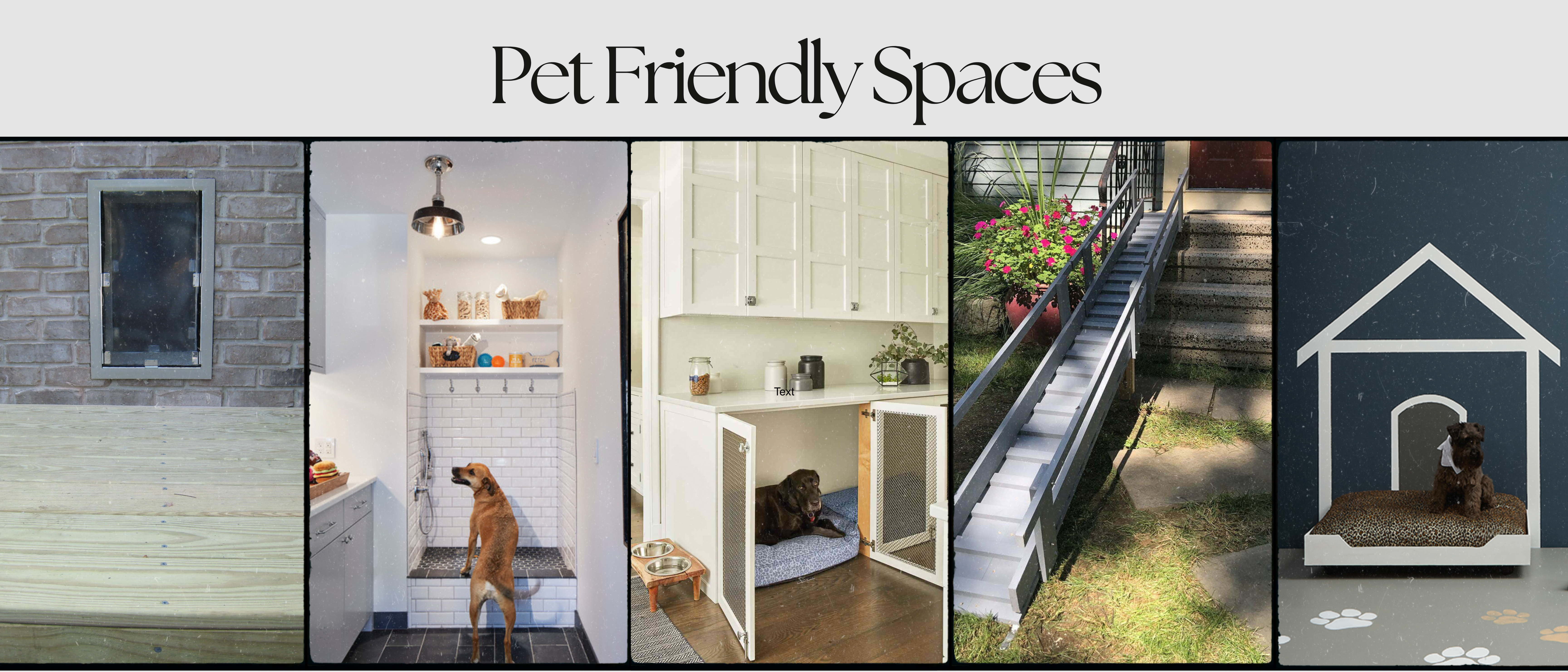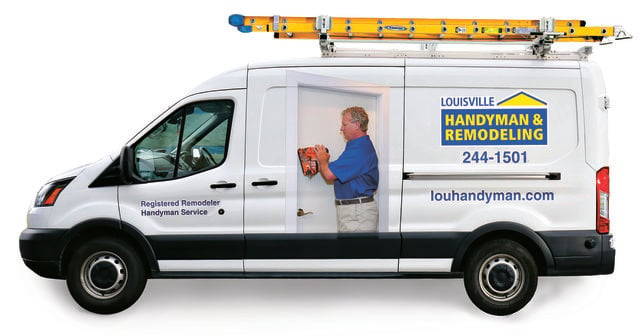Designing a Pet-Friendly Home: Crafting Spaces for Our Furry Friends
- 04 Mar, 2024
- •
- 0 Comments
In recent years, there has been a noticeable shift in how people view their pets. Instead of merely being animals that share our homes, they're considered family members, affectionately termed 'fur babies.' This change in perspective is reflected in the design of modern homes, where more and more homeowners are considering the needs of their pets when crafting living spaces.
From flooring to feeding areas, pet-friendly homes have unique features that cater to the comfort and well-being of furry friends. Here, we explore some of the essential elements that make a home more pet-friendly.
 1. Pet-Safe Flooring: Flooring is a crucial aspect of a pet-friendly home. While hardwood floors are beautiful and add warmth to a space, they can be easily scratched by pets' nails. Similarly, carpets can trap odors and are more challenging to clean, especially if pets have accidents. Luxury vinyl tile (LVT) and luxury vinyl plank (LVP) are more durable options that are easy to clean and resistant to scratches and stains. Ceramic and porcelain tile are good options but are much more costly. You will also want to consider an epoxy grout or grout with an additive to avoid noticeable stains or discoloration from potential pet issues..
1. Pet-Safe Flooring: Flooring is a crucial aspect of a pet-friendly home. While hardwood floors are beautiful and add warmth to a space, they can be easily scratched by pets' nails. Similarly, carpets can trap odors and are more challenging to clean, especially if pets have accidents. Luxury vinyl tile (LVT) and luxury vinyl plank (LVP) are more durable options that are easy to clean and resistant to scratches and stains. Ceramic and porcelain tile are good options but are much more costly. You will also want to consider an epoxy grout or grout with an additive to avoid noticeable stains or discoloration from potential pet issues..
2. Pet Washing Station: A dedicated space for washing pets is incredibly convenient. A pet washing station typically features a large sink or tub, with a handheld showerhead, and storage for pet grooming supplies. This area can be designed to blend seamlessly with the rest of the bathroom or laundry room. The washing station should have a non-slip floor to prevent pets from slipping and injuring themselves. A lower cost option would be changing out the shower head in the bathroom and making it removable, or increasing the size of a sink to be more conducive to washing your furry friends.
3. Pet Doors: Pet doors provide freedom and independence to pets while keeping them safe. These doors can be installed in exterior doors, leading to the backyard or a designated pet area. They come in various sizes and can be electronic, allowing only your pet to use them. It is essential to choose a pet door that is the right size for your pet and that seals tightly to prevent drafts and pests from entering your home.
4. Feeding Area: A built-in feeding station can house pet food and water bowls, preventing spills and making it easier to clean. These stations can be as simple as a raised platform with storage underneath or as elaborate as a custom-built cabinet with automatic feeders. It is essential to choose a feeding station that is the right height for your pet to prevent neck and back strain.
5. Built-In Kennels: For pet owners who want to keep their pets confined while they're away or need a safe space during storms or fireworks, built-in kennels are an excellent option. These can be integrated into the laundry room, garage, or even under a staircase, providing a cozy spot for pets to retreat. The kennel should be large enough for your pet to stand up, turn around, and lie down comfortably.
6. Space for Pets to Hang Out: Animals love to be where the action is, so providing them with a space to hang out near the family is essential. This could be a window seat, a corner of the living room with a comfortable pet bed, or even a dedicated pet-friendly piece of furniture like a couch with a removable cover. It is essential to provide your pet with a comfortable place to relax and rest.
7. Cat Bathroom with Auto-Cleaning Station for Litter Box: For cat owners, a litter box can be a necessary but sometimes unpleasant part of pet ownership. An auto-cleaning litter box eliminates the need for constant scooping and odor control. It can be housed in a dedicated cat bathroom with easy-to-clean walls and floors. This area should be separate from the rest of the home to prevent odors from spreading.
8. Ramps: As pets age, they may develop mobility issues. Installing ramps or steps can help them navigate the home more easily, especially if they struggle with stairs. These can be designed to blend in with the home's decor and can be easily moved or removed as needed. It is essential to provide your pet with a safe and comfortable way to access different areas of your home.
Designing a pet-friendly home is not just about aesthetics; it's about creating a space that enhances the quality of life for both the homeowner and their beloved pets. By incorporating elements like pet-safe flooring, washing stations, feeding areas, built-in kennels, hangout spaces, auto-cleaning litter boxes, and ramps, homeowners can create a home that is comfortable, convenient, and safe for their furry companions.
Pet owners can take inspiration from these ideas and work with architects or interior designers to customize them to their specific needs and preferences. With a little planning and creativity, it's possible to create a home that is not only stylish but also perfectly suited for the needs of our furry friends.







